Changdeokgung Palace Complex [UNESCO World Heritage Site] (창덕궁과 후원 [유네스코 세계문화유산])
5.1Km 2025-01-17
99 Yulgok-ro, Jongno-gu, Seoul
Changdeokgung Palace was the second royal villa built following the construction of Gyeongbokgung Palace in 1405. It was the principal palace for many kings of the Joseon dynasty, and is the most well-preserved of the five remaining royal Joseon palaces. The palace grounds are comprised of a public palace area, a royal family residence building, and the rear garden. Known as a place of rest for the kings, the rear garden boasts a gigantic tree that is over 300 years old, a small pond and a pavilion.
The palace gained importance starting from the time of Seongjong, the 9th king of Joseon, when a number of kings began using it as a place of residence. Unfortunately, the palace was burned down by angry citizens in 1592 when the royal family fled their abode during the Imjin War. Thanks to Gwanghaegun, the palace was restored in 1611. Even today, it houses a number of cultural treasures, such as Injeongjeon Hall, Daejojeon Hall, Seonjeongjeon Hall, and Nakseonjae Hall.
Changdeokgung Palace’s garden behind the inner hall, called the "Secret Garden," was constructed during the reign of King Taejong and served as a rest area for the royal family members. The garden had formerly been called Bugwon and Geumwon, but was renamed Biwon Garden, or Secret Garden, after King Gojong came into power. The garden was kept as natural as possible and was touched by human hands only when absolutely necessary. Buyongjeong Pavilion, Buyongji Pond, Juhamnu Pavilion, Eosumun Gate, Yeonghwadang Hall, Bullomun Gate, Aeryeonjeong Pavilion, and Yeongyeongdang Hall are some of the many attractions that occupy the garden. The most beautiful time to see the garden is during the fall when the autumn foliage is at its peak and the leaves have just started to fall.
Though it has been treasured by Koreans for centuries, Changdeokgung Palace and its complex was recognized as a World Cultural Heritage site by the UNESCO World Cultural Heritage Committee in December of 1997 during the committee meeting in Naples, Italy.
JW Marriott Dongdaemun Square Seoul (JW 메리어트 동대문 스퀘어 서울)
5.1Km 2021-02-17
279, Cheonggyecheon-ro, Jongno-gu, Seoul
+82-2-2276-3000
JW Marriott Dongdaemun Square Seoul is located at the fusion of culture, entertainment and commerce in the dynamic Dongdaemun and is JW Marriott’s second hotel to open in Seoul. The hotel has 170 guest rooms, including 15 suites, a swimming pool, 24-hour fitness center, and full-service spa, all for the convenience of its guests.
JW Marriott Dongdaemun Square Seoul has four meeting rooms, including the Grand Ballroom, a modern, yet refined space housing a cutting-edge 98 screen Samsung LFD media wall to ensure that every event held in the ballroom is a success. The hotel also has a variety of dining options including the internationally renowned steakhouse BLT Steak, Tavolo 24 which serves breakfast, lunch and dinner, The Lounge, The Griffin Bar, and Seoul Baking Company.
Samcheong Park (삼청공원)
5.1Km 2024-03-18
44, Insadong-gil, Jongno-gu, Seoul
+82-2-2148-4150
Samcheong Park is a park that blooms in cherry blossoms in spring and fall colors in fall near Gyeongbokgung Palace. The park is home to a forest library and a café, and visitors can follow the trails to find acupressure trails, exercise equipment, badminton court, tennis court, playground, and a convenience store. The area surrounding the park is home to many galleries and restaurants, so it is a popular destination for walking among the people of Seoul.
Dongdaemun Jeongyuk Sikdang (동대문정육식당)
5.1Km 2024-03-15
7-3 Jong-ro 46ga-gil, Jongno-gu, Seoul
+82-2-764-1541
Dongdaemun Jeongyuk Sikdang is a butcher restaurant specializing in fresh meat located near Dongdaemun Fashion Town. They offer high-quality Korean beef and Korean pork sourced directly from the producers, allowing customers to choose cuts of meat according to their preferences at reasonable prices. Their savory soybean paste stew served in the center of the grill is also delicious. Customers can help themselves to additional side dishes like green onions threads and onion sauce at the self-service bar.
Wondangsaem Park (원당샘공원)
5.1Km 2024-02-15
16 Haedeung-ro 32ga-gil, Dobong-gu, Seoul
Wondangsaem Pond is named after the Wondang village, where the Yun family settled about 600 years ago. It is a park that harmoniously blends a traditional pond with a Hall of Rejoicing Pavilion called Samojeong, a wall fall, and a floral wall. During autumn, the golden foliage of an 800-year-old ginkgo tree enriches the surroundings, and a deck path around the tree offers a delightful stroll.
Hanyangguksu Donsamo (한양국수돈삼오)
5.1Km 2021-03-18
9, Jong-ro, 46-gil, Jongno-gu, Seoul
+82-2-764-4718
This is a Korean cuisine located in Dongdaemun Gate, Seoul. The best menu at this restaurant is banquet noodles. A store where you can enjoy grilled meat and noodles together.
Namhae Gulgukbap (남해굴국밥)
5.1Km 2021-03-18
11, Jong-ro, 46-gil, Jongno-gu, Seoul
+82-2-764-4858
A restaurant that uses only fresh oysters delivered from Tongyeong every day. The representative menu is oyster and rice soup. This Korean cuisine is located near Dongdaemun Station, Seoul.
Choong Ang High School (중앙고등학교)
5.2Km 2024-10-24
164 Changdeokgung-gil, Jongno-gu, Seoul
+82-2-742-1321
Choong Ang High School is located in Jong-ro near Samcheongdong-gil. It was built to educate the public at the beginning of the 20th century. The school’s main building was reconstructed in 1937 after the original two-story brick house was destroyed in 1934. The main building situated in front of the main gate is a two-story H-shaped granite stone building in Gothic style, with a four-story tower in the middle.
The school holds historical significance because it was designed by Park Dong Jin, one of Korea's first modern architects and the designer of Korea University’s main building, library, and the Chosun Ilbo Newspaper Company building. The main building of Choong Ang High School is designated as Historic Site No. 281. Many national leaders were educated at the gothic building during the grim period when Korea was trying to escape Japanese colonial rule.
Hwanghak-dong Flea Market (Dokkaebi Market / Manmul Market) (황학동 벼룩시장 (도깨비시장/만물시장))
5.2Km 2025-04-11
11-7 Majang-ro 5-gil, Jung-gu, Seoul
Hwanghak-dong Flea Market was named after the way how merchants travel from one place to another all over the country, as if like fleas hopping around from one spot to another, to collect rare and valuable items. This market was once a haven of antiques and collectibles, but with the formation of old-fashioned art street in 1983 in Janganpyeong, many classic art shops had moved out, leaving only used item and general goods stores. Now, visitors can find stores selling antiques, used furniture, electronics, clocks, jewelry, musical instruments, camera, and machinery – pretty much anything one can name. Hwanghak-dong Flea Market is also referred to as Dokkaebbi Market, to describe how even the most rundown items become just like new, as if like the work of a dokkaebi (Korean folk goblin).
Heunginjimun Gate - Dongdaemun Gate (흥인지문)
5.2Km 2024-10-10
288, Jong-ro, Jongno-gu, Seoul
+82-2-2148-1842
Heunginjimun Gate was built to protect Hanseongbu, which historically housed essential government facilities. Heunginjimun Gate was the gate on the east side of the outer wall of Seoul Fortress among eight gates. It is referred to as Dongdaemun Gate as well. The gate was constructed during King Taejo’s 5th year in 1396, remodeled during the reign of King Danjong in 1453, and was newly built in 1869 during the sixth year of King Gojong’s reign in 1869.
The gate features a hipped roof with five front and two side compartments on a two-storied building. The thin and weak bracket system supports the eaves and is excessively decorated, reflecting the construction features of the late Joseon period. Also, outside of the fortress is the half-circle-shaped Ongseong, a small wall, to protect the gate.
One of the unique factors of Heunginjimun Gate is that it is the only gate among Seoul’s eight to have Ongseong, further exhibiting the style of construction used during the late Joseon period.
![Changdeokgung Palace Complex [UNESCO World Heritage Site] (창덕궁과 후원 [유네스코 세계문화유산])](http://tong.visitkorea.or.kr/cms/resource/03/3092503_image2_1.jpg)

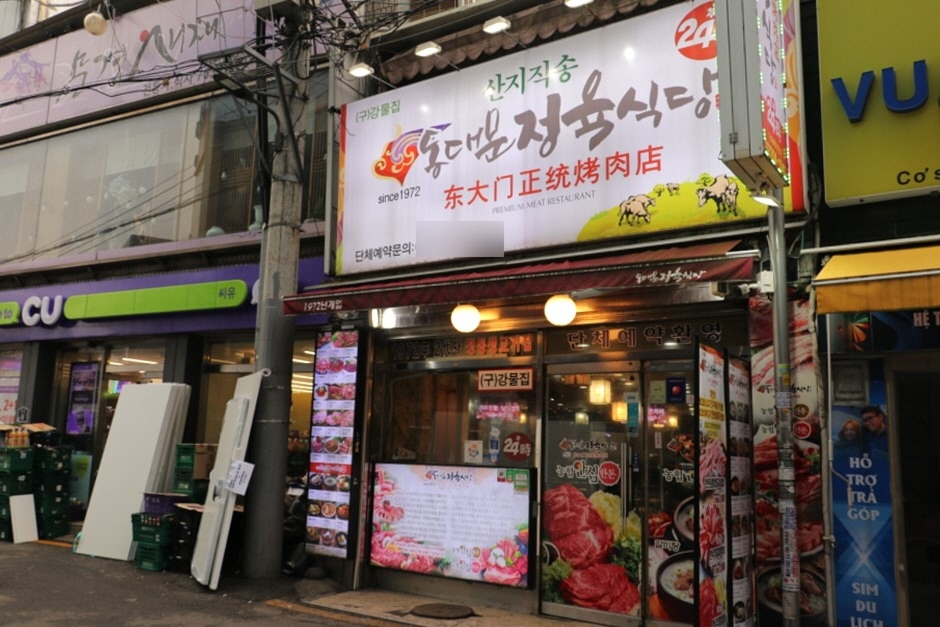
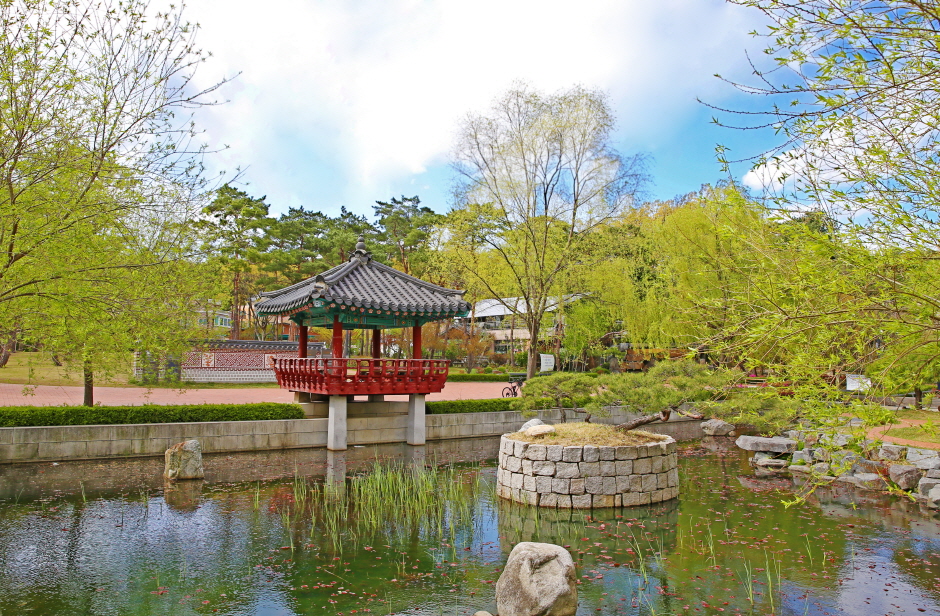
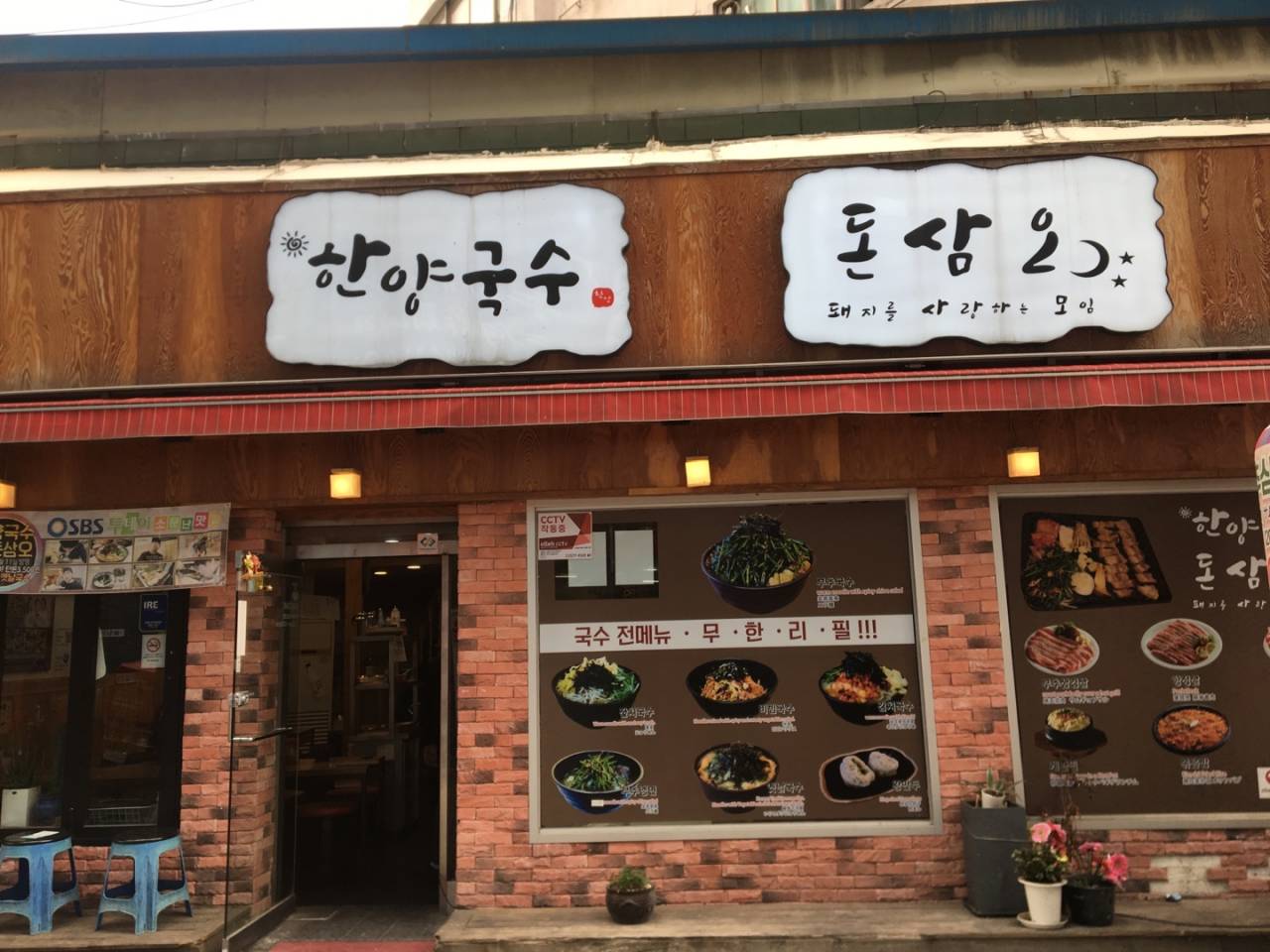
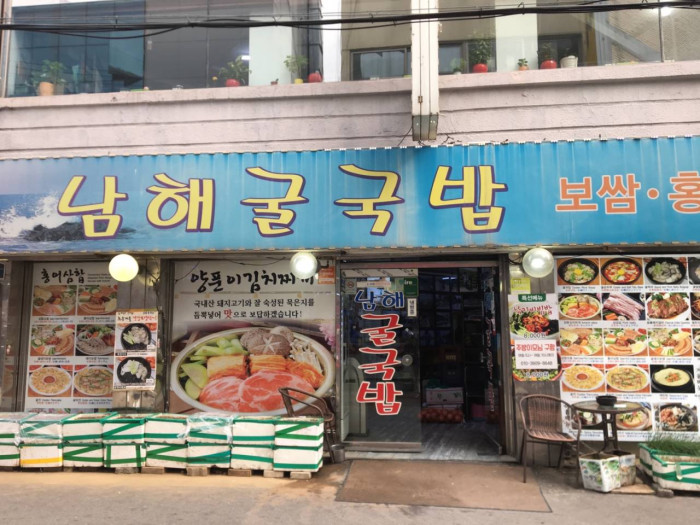
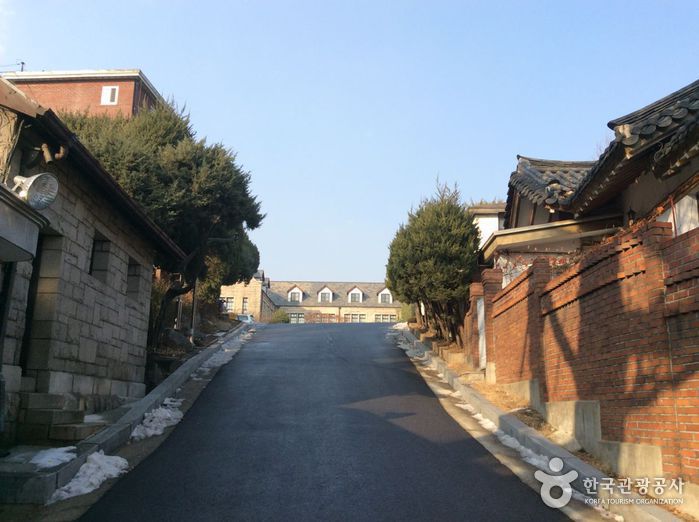
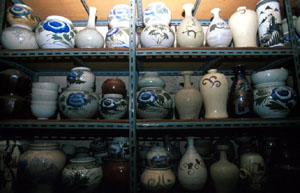
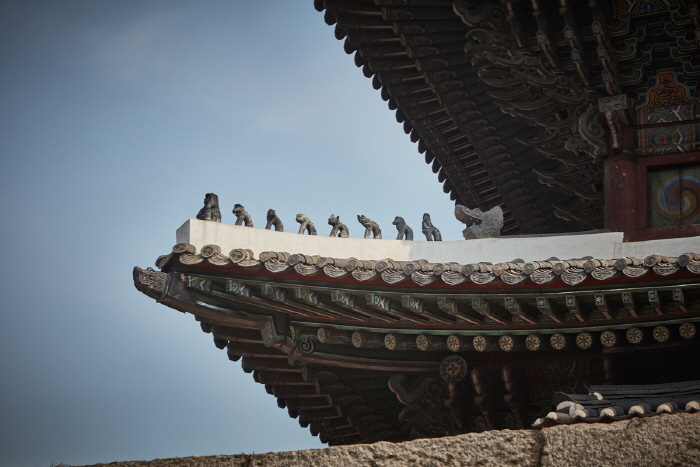
 English
English
 한국어
한국어 日本語
日本語 中文(简体)
中文(简体) Deutsch
Deutsch Français
Français Español
Español Русский
Русский